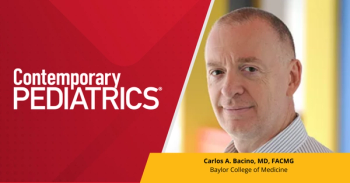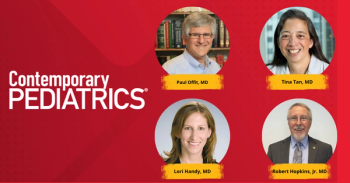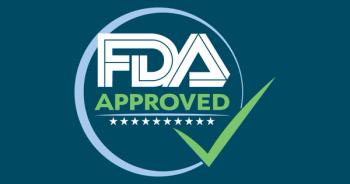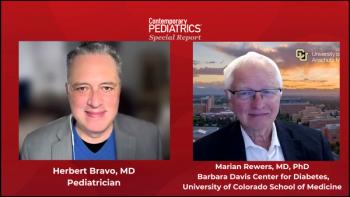
Study: Intensive nurse home services did not reduce adverse outcome likelihood
Though intensive nurse home services did not change outcomes in this South Carolina study, authors noted more research is needed on a larger scale to determine influence on adverse outcomes.
Authors of a study published in JAMA Pediatrics sought to determine the impact of the Nurse Family Partnership (NFP) on early childhood health and use outcomes at scale. According to the research, these programs provide home visiting in early life as a proposed way to reduce early childhood adversity with the hope of improving health outcomes in the pediatric population. At a large scale level, more evidence is needed to understand NFP's impact. Given the United States has consistently worse infant health and mortality outcomes when compared to other high-income countries, the authors sought intervention investigation.1-3
"We leveraged data from an RCT in South Carolina as a part of a Medicaid 1915(b) waiver and funded through a Pay for Success model," wrote the study investigators. "Previous analyses found limited effects on birth and prenatal outcomes, postpartum care, and birth spacing within this sample. This study examines the effect of NFP on preregistered child health and utilization outcomes."
The investigative team used data from a trial that enrolled 5670 Medicaid-eligible pregnant people in South Carolina, who were assigned as a 2:1 ratio to receive NFP treatment (n = 3806) or usual care (n = 1864) between 2016 and 2020. The NFP group was offered home visits during pregnancy and 2 years postpartum. Eligibility requirements included:
- Fewer than 28 weeks pregnant (with first child)
- Were aged 15 years or older
- Had income eligible for Medicaid
The primary endpoint was a composite measure of child mortality and claims related to major injury or abuse or neglect concern within the first 2 years of life. Emergency department (ED) utilization and preventive health care measures (well-child visits, cognitive screening development, blood lead levels, fluoride varnish application, and dental health) were secondary outcomes of the study.
"We used an intent-to-treat approach with a linear regression model to estimate the treatment effect of NFP on early childhood outcomes by comparing participants assigned to the control and treatment group, regardless of whether they used NFP services," stated the authors.
NFP care vs usual care
Overall, there were 4932 individuals in the study, of which 3295 were in the NFP group, who were then analyzed for child health and utilization outcomes when the child turned 2 years old. The mean participant age was 22.5 years (4.7). Findings revealed the incidence of the composite adverse outcome was 27.3% in the intervention group and 26.8% in the control group (adjusted between-group difference, 0.4 percentage points; 95% CI, −2.3 to 3.0), resulting in no statistically significant difference in the primary outcome.
Regarding secondary outcomes, children of the parents in the NFP group were less likely to use the ED by 2.9%, which was a 4% reduction compared to the 72.8% rate in the control group (95% CI, −5.5 to −0.3). NFP assignment did not significantly impact the likelihood of receiving the guideline number of well-child visits or preventive services, according to the authors.
"Assignment to intensive nurse home visiting services did not reduce the likelihood of adverse outcomes in early childhood measured through administrative data," they concluded. "More evidence is needed to understand whether delivering intensive home visiting services at scale to a Medicaid population influences other child outcomes, including longer-term developmental outcomes.
References:
- Swanson K, Ayers S, Oviedo D, et al. Intensive Nurse Home Visiting and Early Childhood Outcomes: A Randomized Clinical Trial. JAMA Pediatr. 2025;179(8):857–866. doi:10.1001/jamapediatrics.2025.1600
- Schwandt H, Currie J, Bär M, et al. Inequality in mortality between Black and White Americans by age, place, and cause and in comparison to Europe, 1990 to 2018. Proc Natl Acad Sci U S A. 2021;118(40):e2104684118. doi:10.1073/pnas.2104684118
- Kennedy-Moulton K, Miller S, Persson P, Rossin-Slater M, Wherry L, Aldana G. Maternal and infant health inequality: new evidence from linked administrative data. US National Bureau of Economic Research. doi:10.1201/9781420008067.ch2
Newsletter
Access practical, evidence-based guidance to support better care for our youngest patients. Join our email list for the latest clinical updates.








